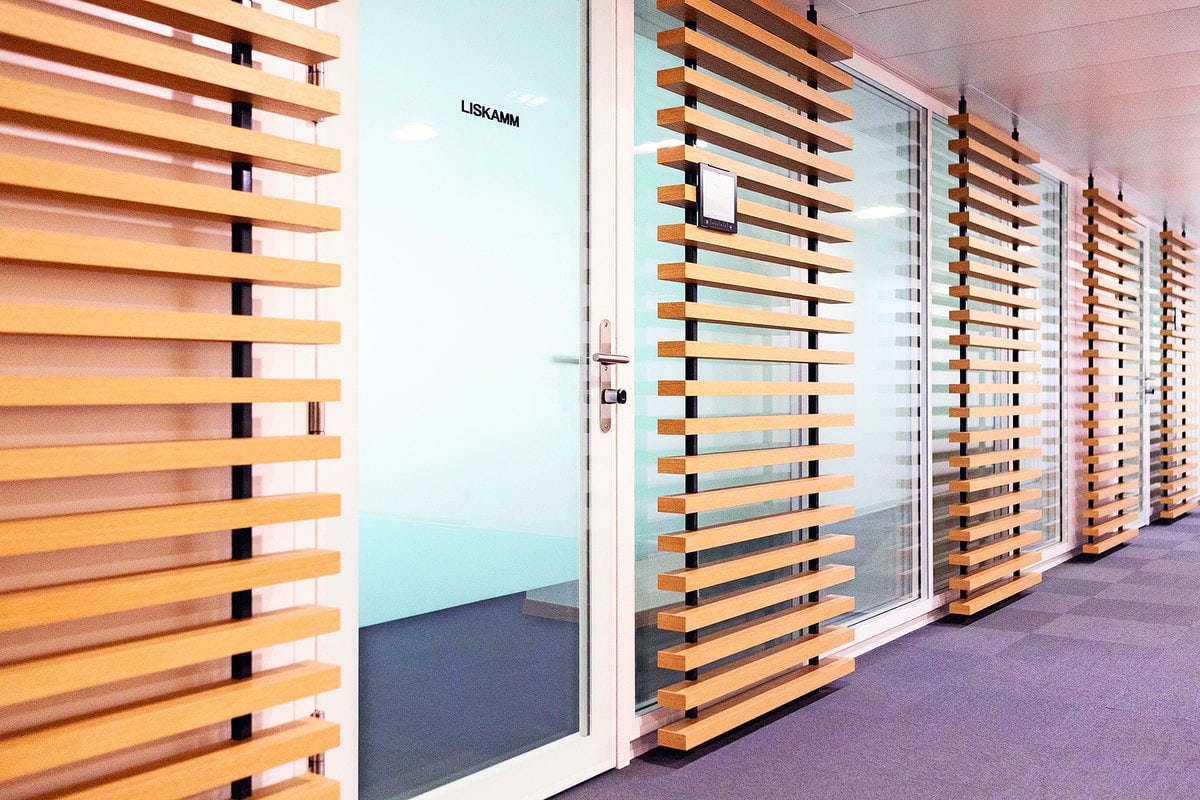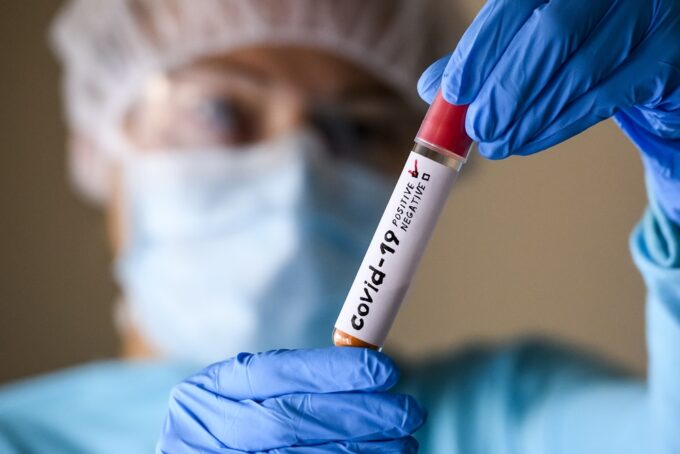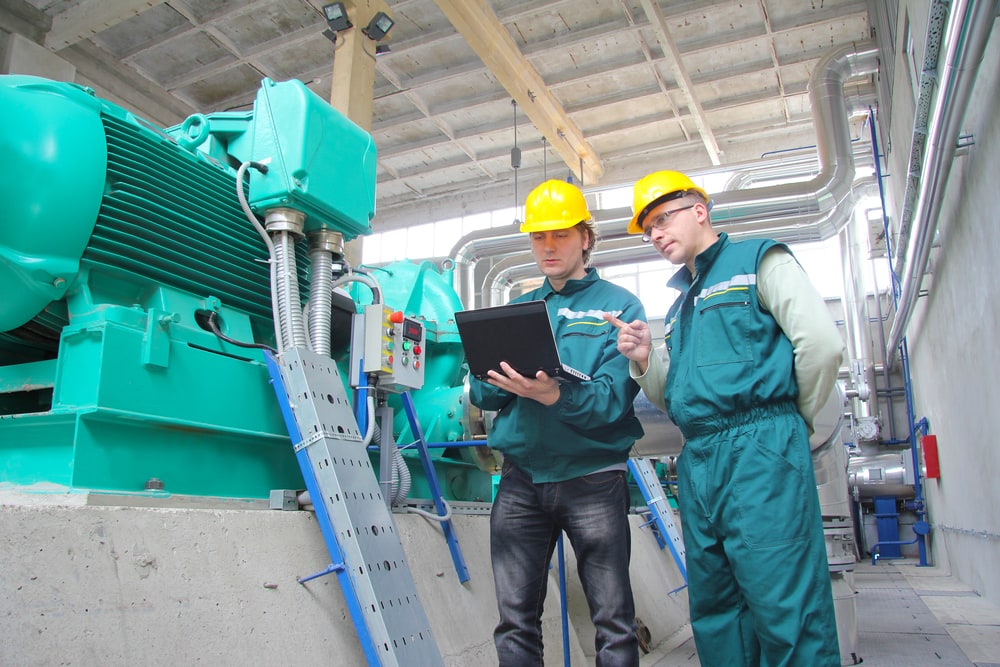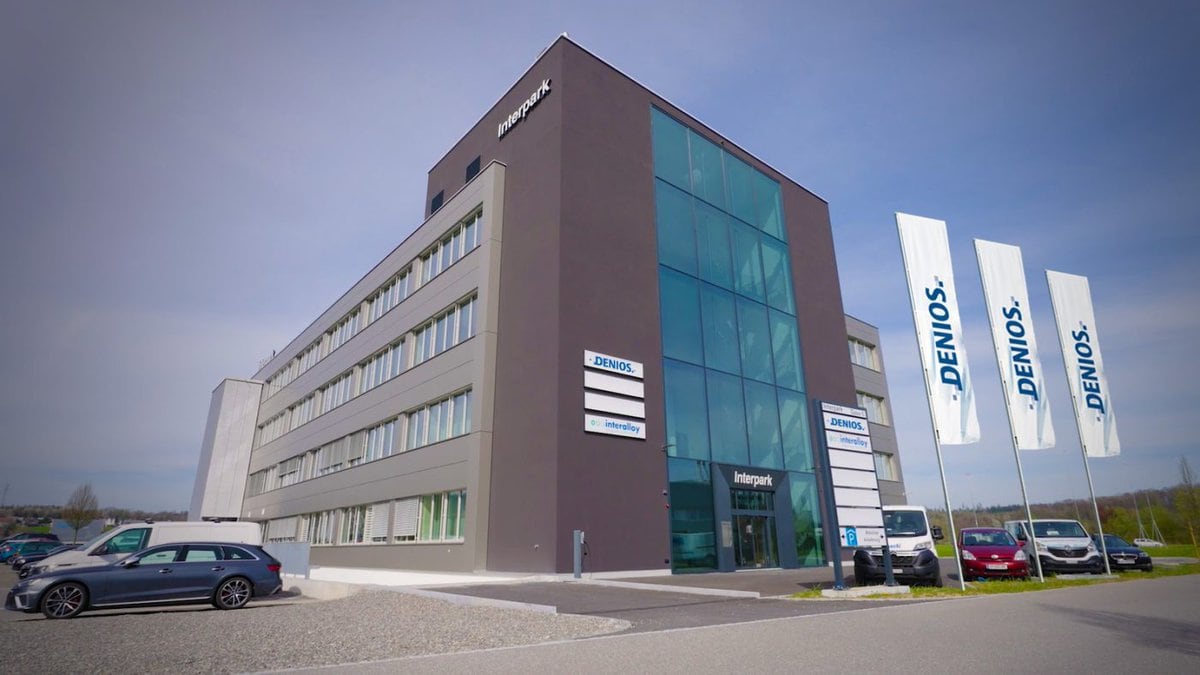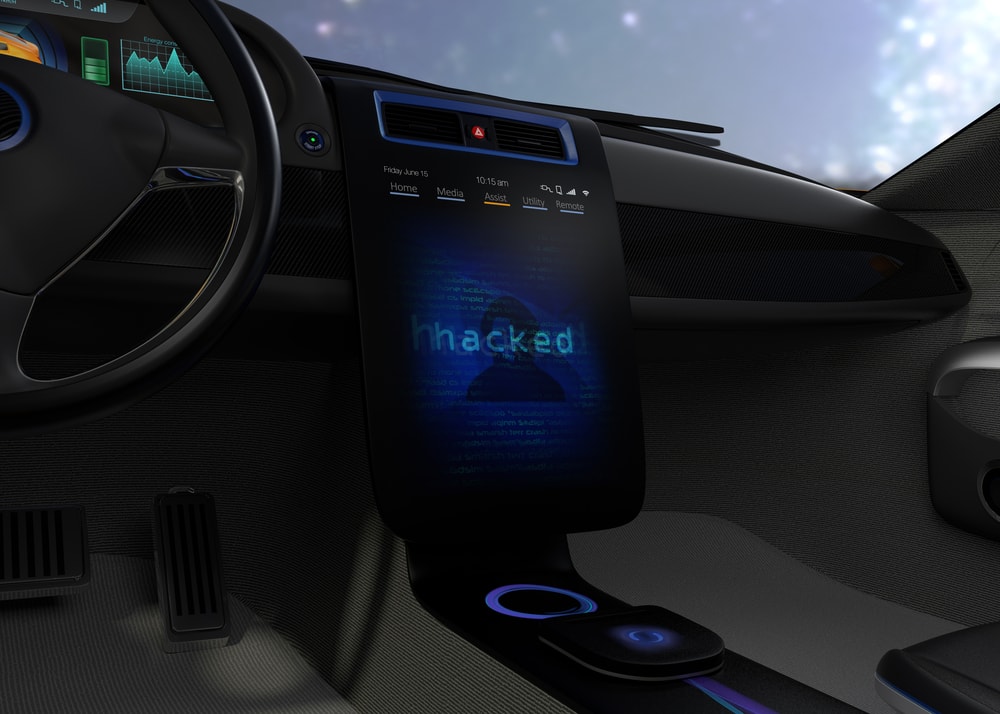AR makes new buildings visible and tangible
The "co-operate AR" app allows virtual insights into "co-operate", the new research campus of Empa and Eawag in Dübendorf.
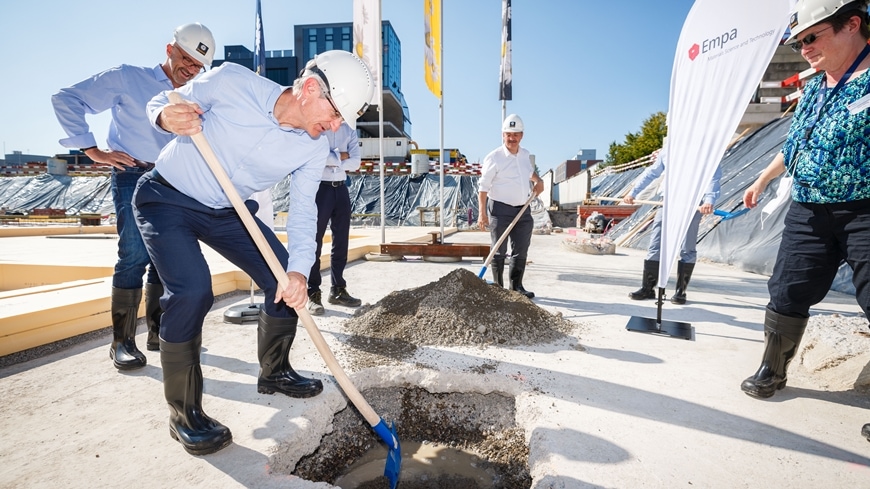
What should one put in a "time capsule" that is concreted into the foundation stone of a research building under construction and is intended to provide future generations with information about the era at the time of construction? This question was asked by all those involved in the construction, especially those from the two research institutes Empa and Eawag, which will one day use the "co-operate" campus. Empa chose some products from its own research. For example, Empa Director Gian-Luca Bona placed a small steel rod made from a shape memory alloy developed at Empa in the small capsule, as well as a 3D-printed cube that demonstrates the possibilities of digital production of unique items.
According to Bona, the new "co-operate" research campus is intended to become a place of diverse collaboration with Empa partners and to link the institutions of the ETH Domain even more closely. "In the construction and operation of the new campus, we always have the goal of "net zero" in mind, for example by planning a highly efficient energy supply and reducing CO2-neutral technologies are not only being researched, but also implemented. For example, a new type of geothermal probe field will "temporarily store" summer heat for heating and hot water in winter. And, according to Hannes Pichler, head of Empa's real estate management department, "co-operate uses the "Building Information Modeling" method. This means that before implementation begins on the construction site, a digital twin is created, which reduces planning and implementation errors. The data obtained is also used later in operation."
Eawag Director Janet Hering put something about the liquid fertilizer "Aurin" developed at Eawag in the capsule. This contains valuable nutrients derived from urine. The new buildings will be equipped with toilets that can separate and collect urine. Jens Vollmar, Head Buildings at Implenia, contributed a stick on which the construction plans for "co-operate" are stored. "We are delighted to be able to execute the future-oriented and sustainable research campus "co-operate", which is of great importance beyond the region, for Empa and Eawag," said Vollmar. The symbolism of their co-location was also mentioned by ETH Board President Michael Hengartner, Dübendorf Mayor Andre Ingold, and Andrea Gubler and Sascha Menz of SAM Architects, who had planned the new research campus.
"Augmented Reality" makes buildings visible and tangible
Before the partners then climbed into the excavation pit together to set the time capsule in concrete and lay the foundation stone, there was a special experience for everyone present: instead of studying construction plans and descriptions and then imagining the future campus in their own imagination, they were able to experience the future on their smartphones and tablets today, so to speak. This was made possible by an augmented reality app "co-operate AR" programmed especially for the event. It was an impressive experience that many onlookers will probably also enjoy during the construction period.
Campus square as a meeting place
The laying of the foundation stone marked the start of work that will be completed by mid-2024. A laboratory building, a multifunctional building and a parking garage will be built. The laboratory building will then offer around 60 new laboratories and offices in a compact structure with high structural dynamic requirements as well as multifunctional areas on the first floor. The building volume is just under 40,000 cubic meters. The multifunctional building will provide 1,000 square meters of office space, and the first floor will include a restaurant area with a loggia facing the campus square. The multi-storey parking lot, with over 260 parking spaces, will also house Empa's vehicle fleet, including a workshop and car wash. The volume of the multifunctional building and parking garage amounts to almost 60,000 cubic meters. All new buildings will be Minergie-P-Eco certified.
This will create a modern, attractive research campus: The entire area will be increasingly landscaped, and all parking spaces will be relocated to the parking garage. This will make the spaces between the different areas more inviting and safer, especially for pedestrians and cyclists. A campus square will be created around the NEST, offering employees an attractive place to stay and meet outdoors.
The current version can be downloaded from the App Store (Apple) or at Google Play (Android) can be downloaded.
Source: Empa








